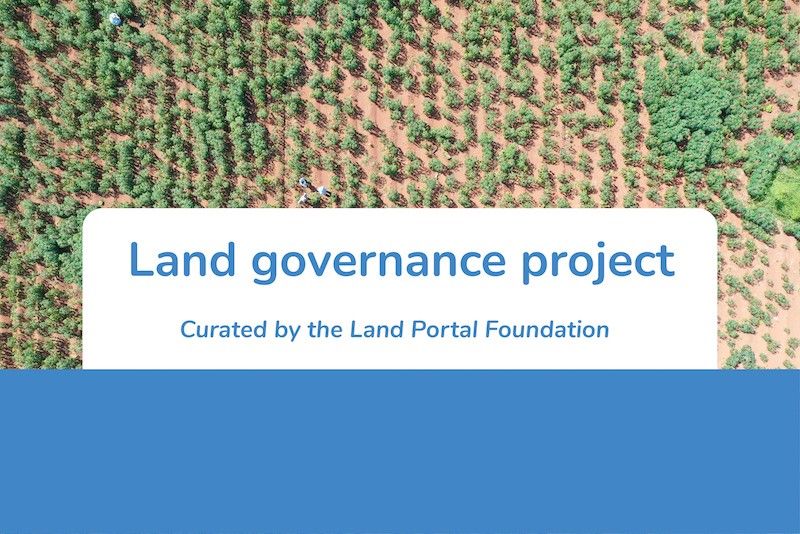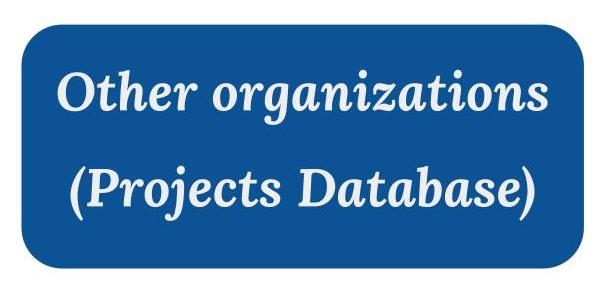Community / Land projects / Sustainable Management and Restoration of Degraded Landscapes for Achieving Land Degradation Neutrality (LDN)
Sustainable Management and Restoration of Degraded Landscapes for Achieving Land Degradation Neutrality (LDN)

€6165919.283
06/23 - 06/23
Voltooid
This project is part of
Implementing Organisations
Donors
Data Providers
Objectives
To achieve land degradation neutrality (LDN) through sustainable ecosystem-based management and restoration of degraded landscapes across agricultural, forest, pastoral lands and surface water bodies.
Other
Note: Disbursement data provided is cumulative and covers disbursement made by the project Agency.
Target Groups
India is the second most populated country in the world and projected to surpass China to become the world's most populous country by 2023. It is expected to become the first country to be home to more than 1.5 billion people by 2030, and its population is set to reach 1.7 billion by 2050. With nearly 195 million undernourished people, India shares a quarter of the global hunger burden. Nearly 47 million or 4 out of 10 children in India are not meeting their full human potential because of chronic undernutrition or stunting. The impacts are multi-generational as malnourished girls and women often give birth to low birth-weight infants. There has also been an increase in the prevalence of overweight and obesity in children and adolescents in India, which has life-long consequences of non-communicable diseases in adulthood[1]. As mentioned in the baseline section, the government of India launched a number of programmes to double farmers’ incomes by 2022. These seek to remove bottlenecks for greater agricultural productivity, especially in rain-fed areas. In support of the Government initiatives, the aim of Sustainable Land Management (SLM) programmes is to maintain land resources and their associated ecosystem functions while, at the same time, sustaining production of goods and services, especially safe and healthy food. Effective and widespread adoption of SLM will also deliver large social and economic benefits through productivity gains and the enhanced resilience of agroecosystems. In this context, the project will generate scientific knowledge about SLM and its contribution to combating land degradation, enhancing food security and addressing climate change adaptation and mitigation. The project outcomes are intended to inform design and implementation of SLM programs, including supporting planning for land degradation neutrality (LDN). In addition, the project will support policy actions in India on sustainable land management through scientific-based studies through: (i) determining key causes of land degradation across agro-ecological regions of India, and (ii) better understanding of economic, social and environmental costs of land degradation and net benefits resulting from taking actions against degradation compared to inaction. The project will ensure that experiences in piloting new approaches for engaging, incentivizing, mobilizing investment in, and supporting smallholders and rural community members in restoration are adequately monitored, evaluated, and developed into high-quality knowledge products that are disseminated through relevant knowledge platforms and fora, so that these experiences can inform and further support restoration efforts going forward. Following socioeconomic benefits are expected as an outcome of this project: · Improved economic productivity through sustainable management practices, including efficient use of water resources, which would lead to rise in water table, introduction of soil conservation measures to improve soil fertility, introduction of integrated management of land resources to secure sustainability of restored landscapes, and introduction of land use planning to mitigate the drivers of land degradation such as agriculture, overgrazing, wastelands, and deforestation; · Conservation and enhance use of local agrobiodiversity in production systems; · Best practices for engaging smallholder and rural communities in restoration, including building awareness, support and capacity for restoration, and considering socioeconomic, cultural, and environmental factors; · Improved management skills at the local level through participatory learning and actions and involvement of local communities in decision-making processes for making on-the-ground investments for building social infrastructure and promoting SLM practices;Sustainable livelihood opportunities for rural communities, including scheduled tribes, and reduced poverty through benefits derived from ecosystem “goods and services” associated with improvement in land management. [1] https://in.one.un.org/un-priority-areas-in-india/



